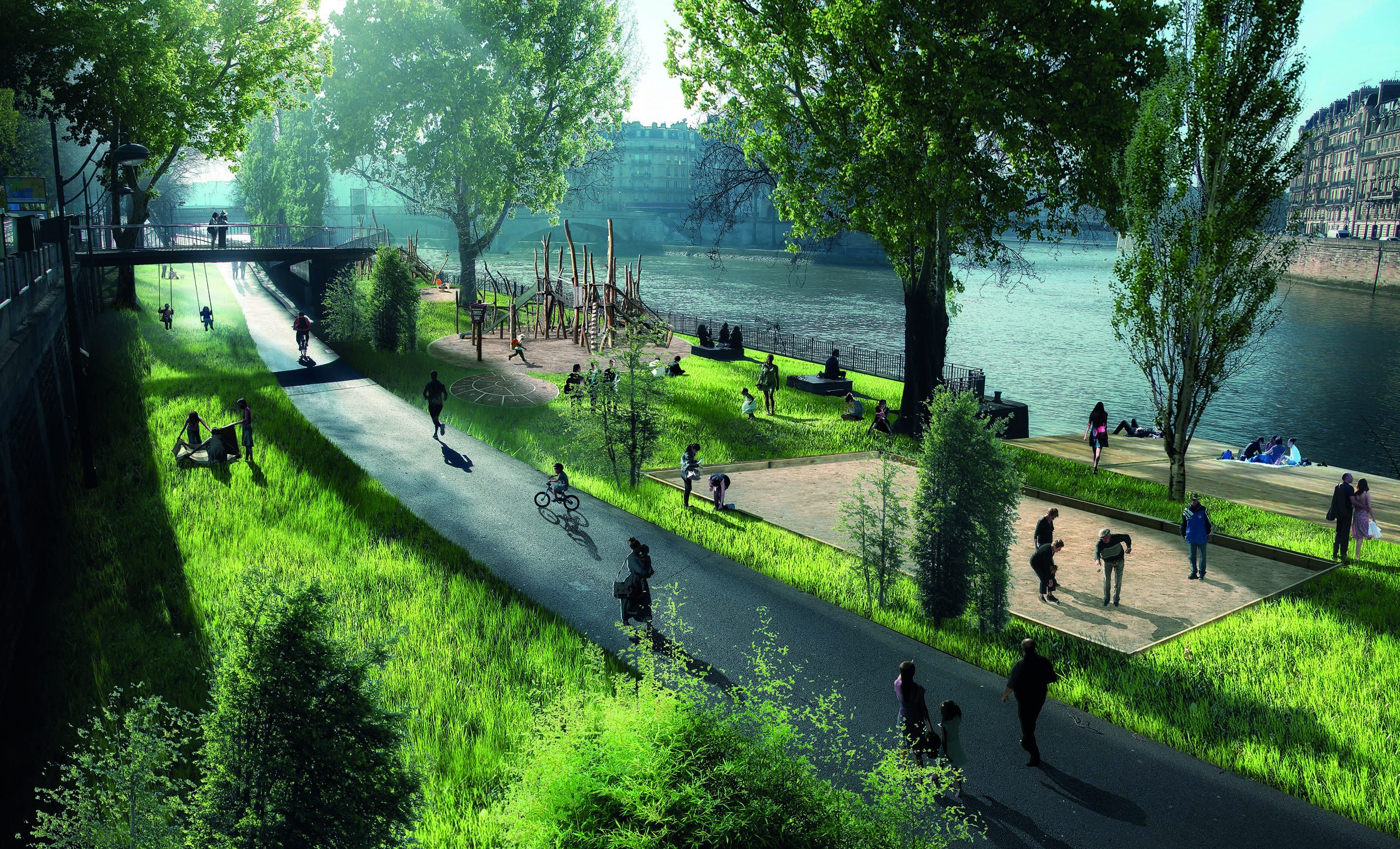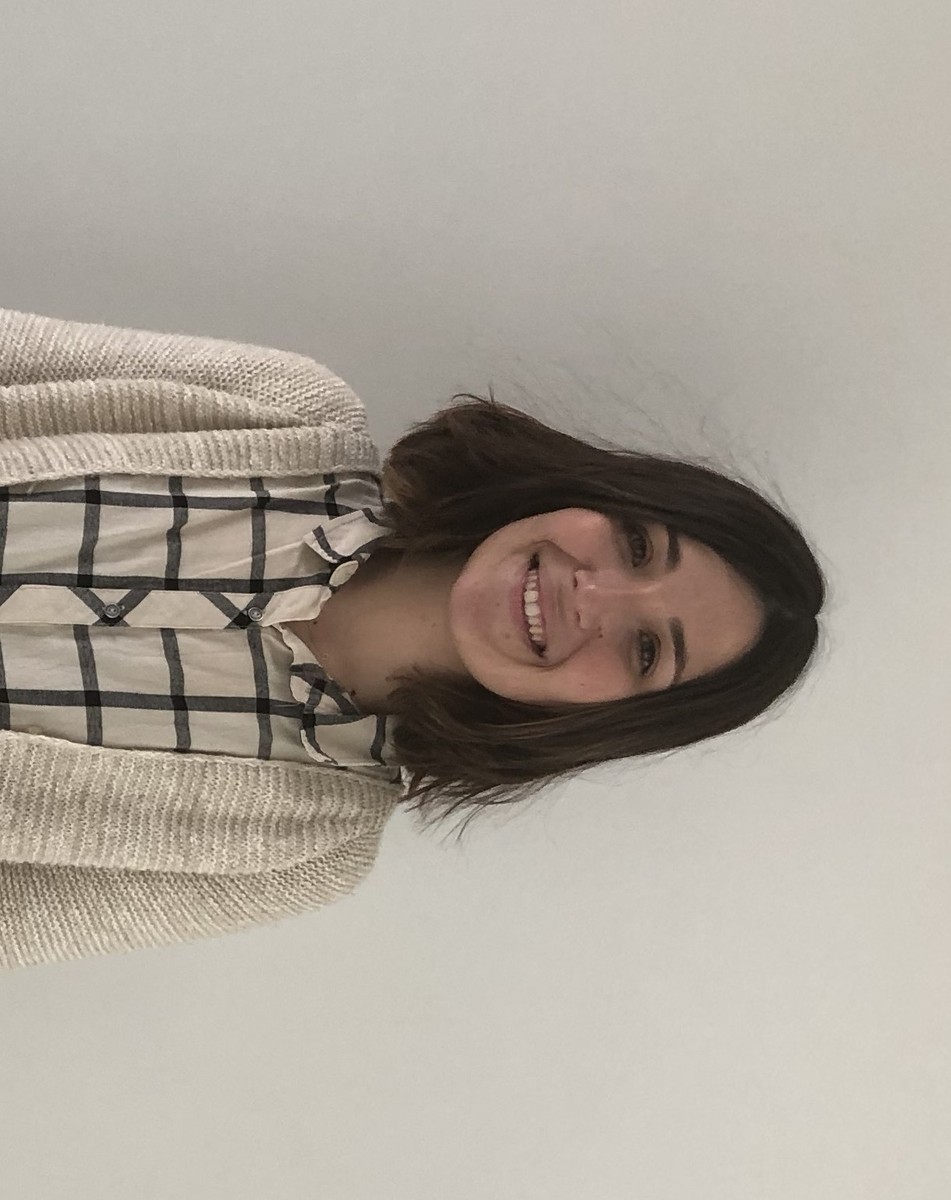Land and life planning
2020/12/01 Patxi Galarraga Aiestaran - ArkitektoaPROJEKTA URBESeko kidea | Aitziber Sarobe Egiguren - Biologian doktoreaArkamurka Natur Taldeko kidea | Imanol Azkue Ibarbia - Euskara-teknikariaElhuyar Iturria: Elhuyar aldizkaria
Urbanism and land management have a great influence on our lives: health, environment, gender, consumption habits and linguistic use. Therefore, it is important to integrate all these views into urban planning. But how should cities be organized to put life in the center? How to plan health promotion, that children can play on the street and encourage active aging or take care of our language? Should we move away and naturalize from the urban character of today's cities? Should we also put purple glasses in urbanism?
To reflect on the planning of the territory and begin to build alternatives in our towns and cities, Elhuyar organized an open debate at the San Telmo Museum. The session focused on three topics: how territorial management affects health, the environment and language. The following pages show the views of the experts at the roundtable and discuss the reflections of the other participants on the Zientziakide project website. The experts are: Patxi Galarraga Aiestaran, architect and member of PROJEKTA URBES. Advice for the integration of health promotion and equity in urban planning and architecture. Aitziber Sarobe Egiguren, biologist and member of Zarautz's Arkamurka Natur Taldea. He has been working for years for nature conservation. And Imanol Azkue Ibarbia, graduated in Geography and History, writer and technician of the Elhuyar Foundation. For many years he has worked on the implementation of Basque plans.

“In health, the postal code is more determinant than the genetic code”
Patxi Galarraga in Aiestara
Architect. Member of PROJEKTA URBES
Health, more than the absence of disease
According to the World Health Organization (WHO), “health is total physical, mental and social well-being” (1946). In this definition, which is already more than 70 years old, health has three legs that should be considered in the decisions that are adopted in terms of land management.
Life habits or living conditions?
Supported by scientific evidence, we know that the physical and socio-political environment contribute more to health and disease than the genetic code and quality of the health system of each country. Thus, putting on the map data related to life expectations can be observed that the postal code is more determinant in terms of health than the genetic code.
Making healthy choices easier
In addition to protecting it, health can also be encouraged. In any project that involves a change in the physical environment (territory, city, building), the most effective way to promote health is to access and facilitate healthy choices and habits.
Who is health?
The most effective and fair way to improve the level of health of the population is to reduce inequalities in health, prioritizing the needs of people with the greatest disadvantage (counties, neighborhoods, population groups, etc. ). Thus, agents who work negligently in the name of equality must be demanded equity. This can contribute, among others, to the processes of participation or knowledge and regulations in terms of gender perspective.
How to integrate health by regulating or managing?
The protection and correction of damages and risks that may arise from projects must take into account a lot of rules, including environmental protection and/or Basque. However, in the field of health, doubt without closing is regular is the most effective way for integrating health into land management and urban planning projects?
Health in the new ACBC Territory Management Guidelines
In July 2019, the territorial, sectoral and urban plans in force in the ACBC were approved in the next 20 years. Among the novelties there is a guiding principle that introduces in the planning of the territory the following transversal questions: (i) universal accessibility, (ii) gender perspective, (iii) climate change, (iv) health, (v) euskera and (vi) territorial relationship. The following health guidelines:
- Promote intensive urban developments, with mixed land use, well connected accessible streets and adequate residential and commercial density, integrating new developments into existing developments.
- Create comfortable, safe and accessible spaces for the general public, to benefit the welfare and social cohesion of citizens.
- Promote equal accessibility to equipment networks and their balanced distribution.
- Encourage the use of green areas and/or natural spaces linked to the urban environment through pedestrian corridors, cycling network or public transport.
- Encourage active mobility by:
- Execution of dense and compact urban developments through the mixed use of well-connected accessible land and streets.
- Design accessible environments on foot, eliminating barriers that prevent physical activity.
- Encourage different forms of active mobility (on foot, by bicycle or otherwise non-motorized).
- Reduce the concentration of pollutants by encouraging the use of urban and inter-urban public transport.
- Guarantee quality and healthy housing, accessible to all people and energy efficient, introducing bioclimatic criteria in urban design. Also, promote typological integration and different types of housing accessible to all population groups (social, cultural, economic, age, functionality...).
- Protect and restore agricultural soils, encouraging close and healthy food.
- Conservation and/or improvement of places of natural, historical, cultural or identity importance in collective memory.
“The recovery of natural heritage requires a political commitment”
Aitziber Sarobe Egiguren
Biologist. Member of Arkamurka Natur Taldea
Those of us who live in Euskal Herria have a different representation of our territory, since the meaning and limits of the word territory vary, often depending on the context. To begin discussing how land management should be to ensure environmental protection, the first question to be answered is what are the limits of our territory?
Between Atturri and Ebro, Euskal Herria is divided into two states and three administrations. This same division is the condition that hinders the planning of the territory. The Basques do not have an administrative structure that covers our entire territory. How to respond from the point of view of the whole people to a territorial organization designed by the three administrations, each according to their capacities and interests?
Legislation
It is important to know the land management legislation to ensure environmental protection. Every human activity has an impact on the environment and how living in a healthy environment is a right, the administration has the obligation to regulate and manage those effects and their consequences. However, if land management legislation is complex, local authorization procedures for human activities under this legislation complete the spider web.
To the complex architecture of legislation (State and European Directives and General Laws, Territorial Planning Guidelines, Sectoral Plans, Partial Plans, General Planning Plans, etc.) it is necessary to add the diversity of entities with responsibility in the management of the legislation: of state competence (on the coast, especially of the States), Deputies, Councils, responsible for the management of water (URA, Executive Federation of development, etc. ), etc. How to take over the surveillance and monitoring of administrative action? In the name of development, in the face of increasingly impactful projects in the environment, how can we respond locally without losing the local perspective?
Red Natura 2000, base for the whole territory
Fortunately, nature does not know the distribution and administrative organization. Wildlife has environmental conditions, human beings are part of this system and, unfortunately, today, is the main transformer of it. In Euskal Herria there are no areas without human transformation. We have taken advantage of our territory and our biodiversity for our needs and aspirations. This has meant the loss of health of our natural heritage and therefore of our environment, but we still have much to care for. And most importantly, we know what and how to recover it. All this, in addition, from a local perspective, since the legislation on conservation and recovery of nature has been agreed in the European Union within the Natura 2000 Network. Therefore, we have legislation covering the entire Euskal Herria. Are we the Basques?
Recovering and making known the natural heritage of Euskal Herria, in addition to being an indispensable condition to respond to a global ecological crisis today undisputed, can be an effective political bet to visualize a modern and attractive collective project for the whole of Euskal Herria. Among other things, to respond to the demands of the Basque youth who have taken to the streets in the direction of the wind of the world movement.
“Internal migration and urbanism are the factors that most influence language”
Imanol Azkue Ibarbia
Basque technician, Elhuyar
The language gives name to the territory or the environment, we name through the language the elements of the territory: streets, mountains, houses, neighborhoods, villages... In addition, the language needs a place to land and live, the Basque language is the own language of Euskal Herria and we draw it on the map, divided in dialects according to the territory. Moreover, languages are in contact with the biodiversity of the environment, and through them knowledge about nature and ways of relating to nature is transmitted. Therefore, the relationship between territory and languages is close.
But what is without speakers? Practically nothing, and urbanism, land management and infrastructure do not affect languages, but speakers. Territorial planning and urbanism facilitate or hinder the lives of speakers, make speakers live better or worse and the impact can be beneficial or negative. Therefore, the planning of the territory influences, and much, the speakers and the languages.
Meeting points for speakers
Those who speak of languages need a physical space to speak, to relate, and urbanism and spatial planning facilitate or hinder these spaces of dialogue. If those places are suitable, affordable and attractive, people will gather and speak, for example, to walk without traffic in quiet streets, in shelters to protect themselves from bad weather… Where does it meet? Let us promote these meeting spaces to foster and protect our own language. Today, due to covid-19, many people are prevented or hindered, but we can ever return to a situation similar to the previous one.
The planning of the territory and the urbanism are suitable instruments to facilitate the meeting points of the speakers: in the Basque environments, to promote and guarantee the points of contact of the citizens; in the Castilian speakers, to gather, know and compact the Basque speakers, creating places where the Basque language is hegemonic.
When analyzing projects, intentions, infrastructures, in most cases their economic, social, environmental, health impact are taken into account and can even affect the speakers and the state of the language: if a residence is installed in the village or neighborhood, if a hospital is built, if a museum is opened... if it influences the day to day of the citizenship, it will also influence the language, for good or for bad, for example, if in the museum there is more
From urban to urban
In 2016, the Institute carried out an exhaustive analysis of the factors affecting language and speakers. Analyzing the demographic and socioeconomic data of 126 municipalities, crossing 234 indicators, he concluded that the most important factors were mainly two: internal migration and urbanism. In addition, through the planning of the territory it is possible to strengthen the connections between Basque territories or respiratory areas and strengthen the networks, working with a regional vision, and when infrastructure is proposed (for example, means of transport, equipment…), guaranteeing the connections between these areas. Territorial planning is a very useful tool to improve the lives of citizens, as well as to strengthen or weaken the language.
Finally, I want to bring two words in Basque, similar but very different: urbanism and urbanism. There is a difference from town to city, but I would say that the difference from village to urbanism is even greater. The future of Basque will be played in cities, because most of the speakers are in them, but, as in urban planning, the linguistic component should be highlighted more.
Gai honi buruzko eduki gehiago
Elhuyarrek garatutako teknologia






